“Poor, black, working class, and a woman to boot”: this is how Carrie Mae Weems defined herself in her master’s thesis at the University of California, San Diego, made between 1978 and 1984 and which later became the series Family Pictures and Stories, exhibited as part of Carrie Mae Weems: The Heart of the Matter at Gallerie d’Italia - Turin through Sept. 7, 2025. It is a project that interweaves photography and storytelling, similar to a visual diary that juxtaposes snapshots of her family members in Portland, Oregon, with captions describing their personalities and biographical events. After this debut, encouraged by her teachers to place herself and her historical perspective at the center of her research, Weems embarked on a path that in fifty years has made her a protagonist of civic debate around issues of race, consent, social class, representation, gender issues and stereotypes, history and collective memory.
Surprisingly, her output had rarely landed in Italy prior to this exhibition curated by Sarah Hermanson Meister, Director of Aperture (a nonprofit foundation established in 1952 by photographers and writers as “common ground for the advancement of photography”) and who for more than two decades headed the photography department at the Museum of Modern Art in New York. Labeled as an activist on issues of race and gender, Weems offers a narrative so authentic and direct that it engages even the most detached observer. It is a gaze that expresses “the urgency of taking individual responsibility in redressing injustice,” says the curator. Yet, Weems’ message does not exude rancor, but opens up the possibility of constructive civic engagement, without dissipating energy in the search for culprits, favoring instead an awareness of history in order to observe the present with renewed lucidity.
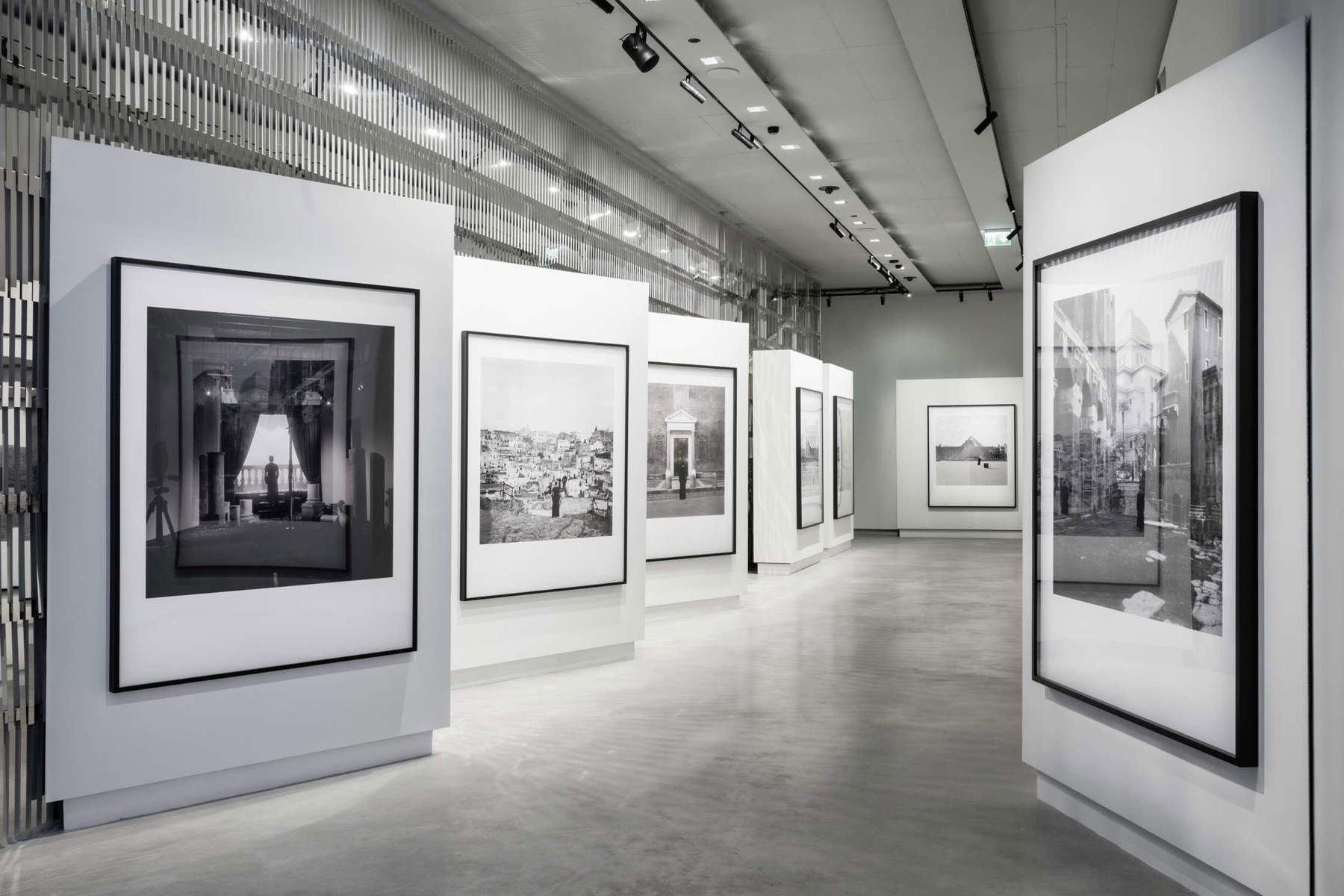
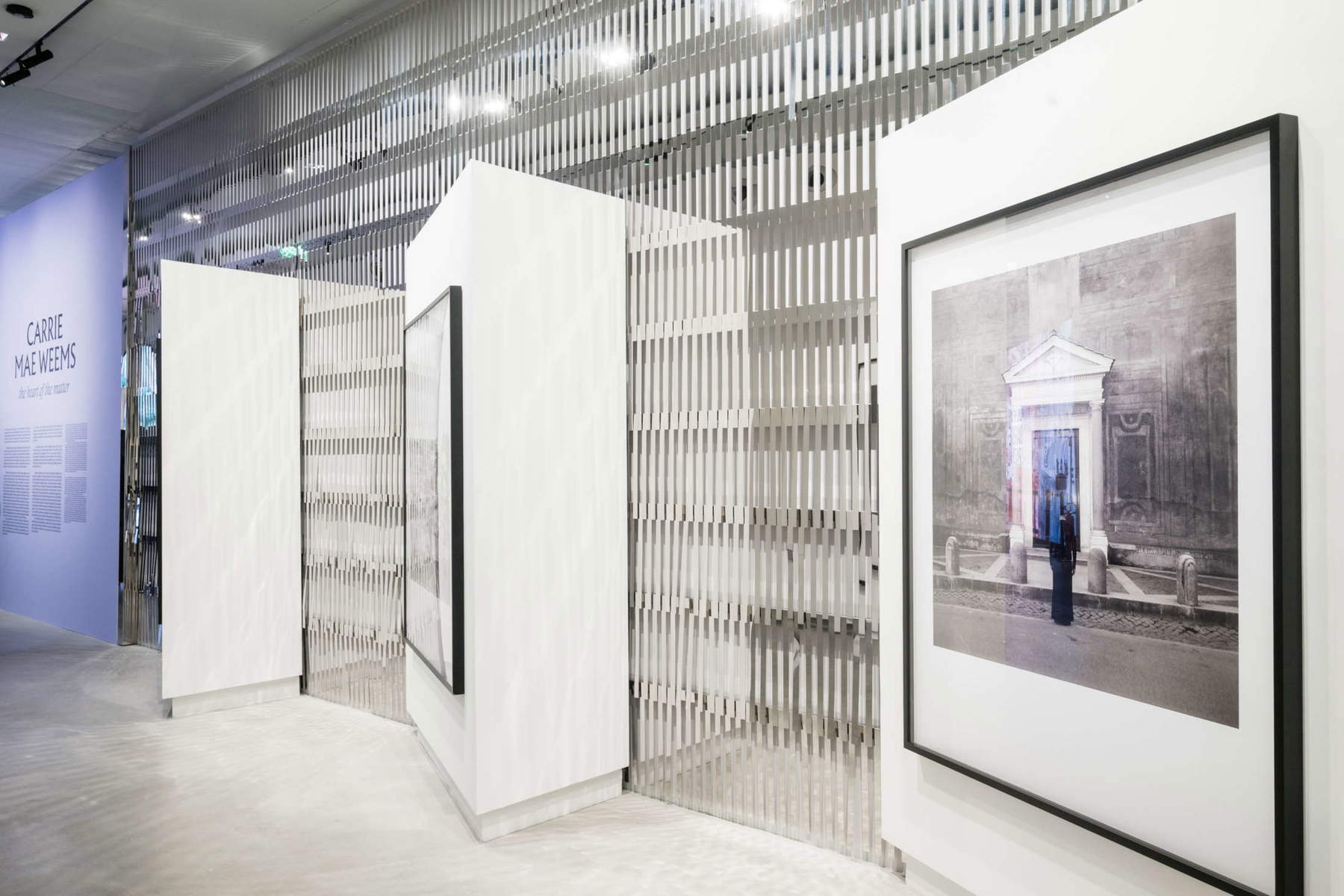
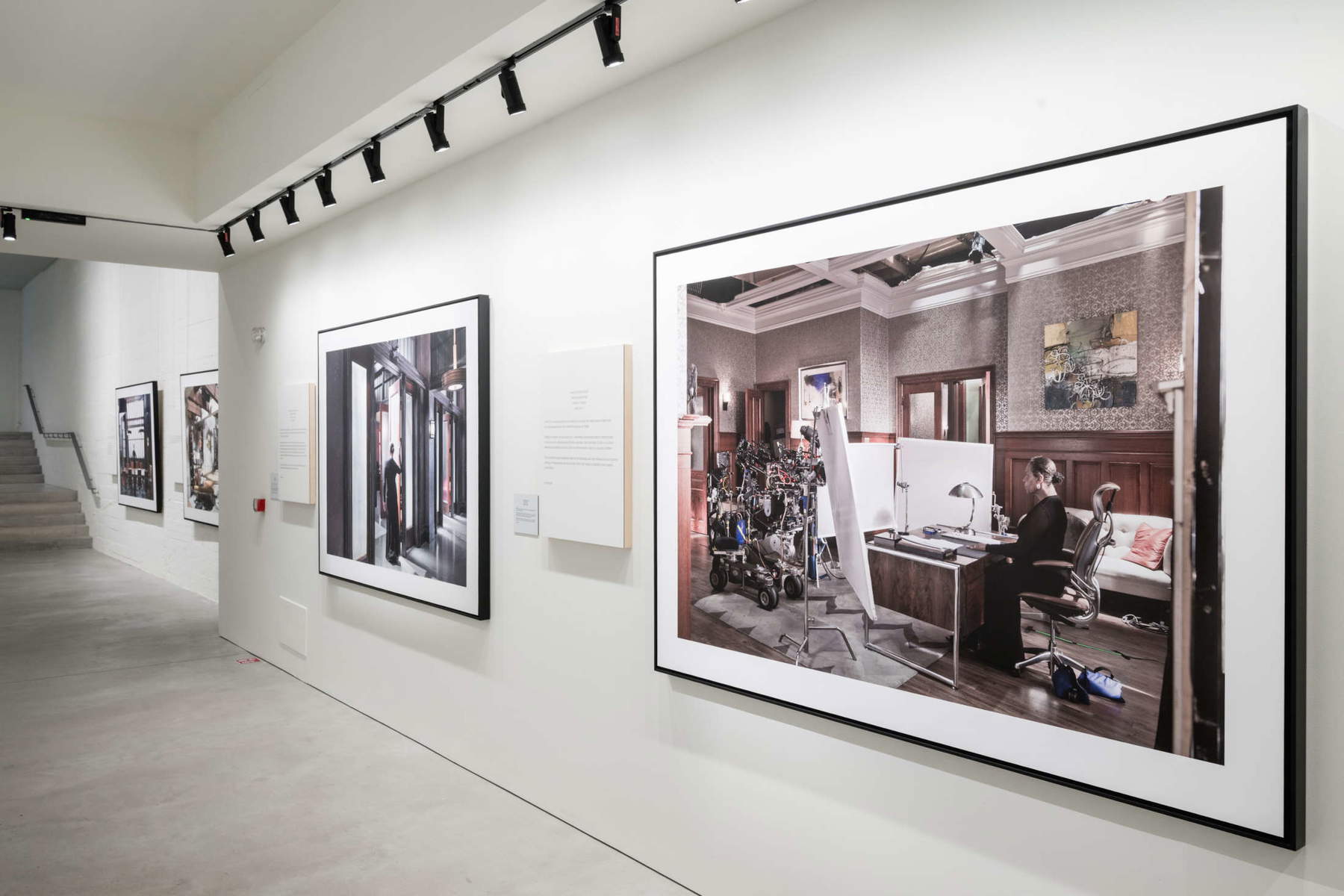
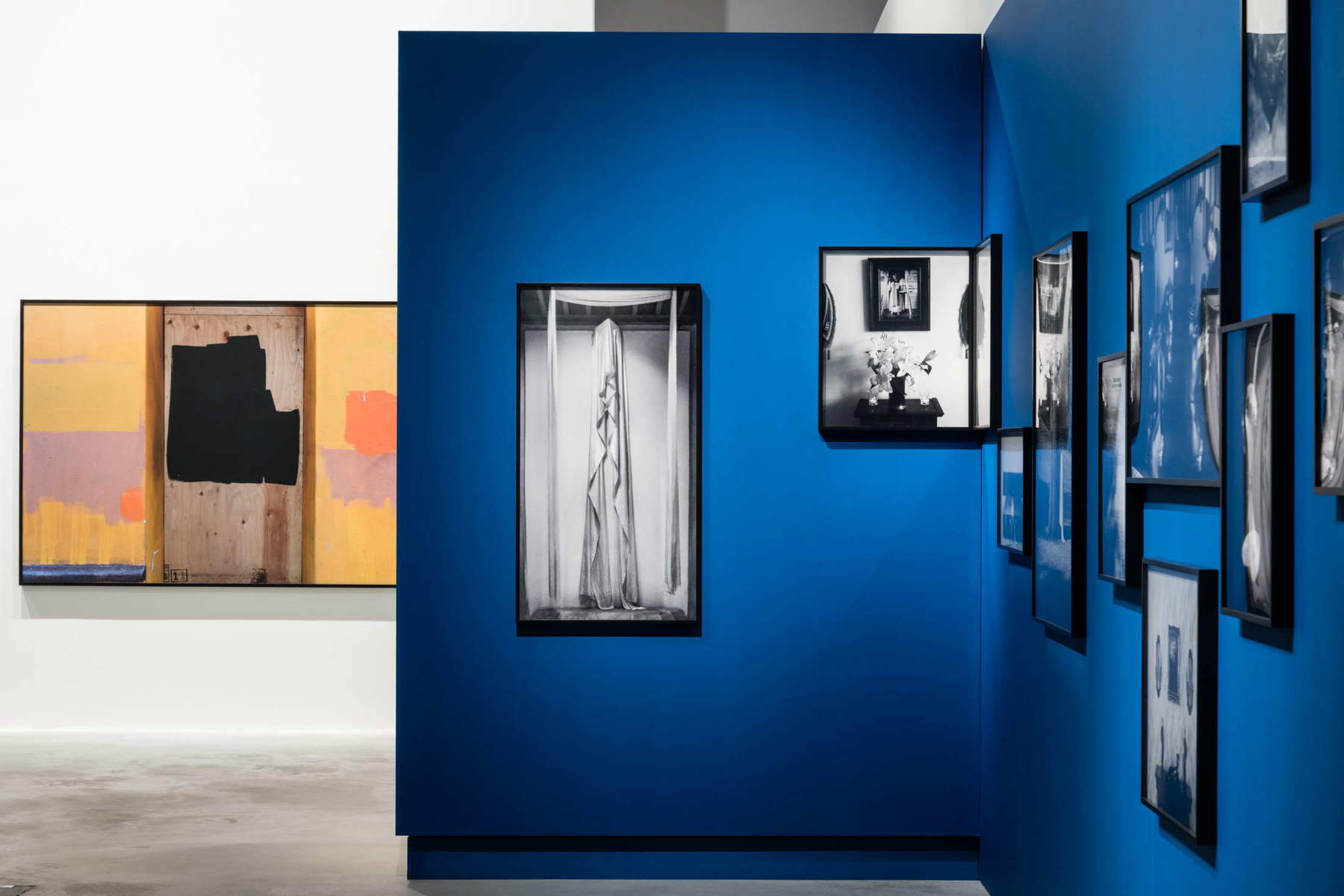
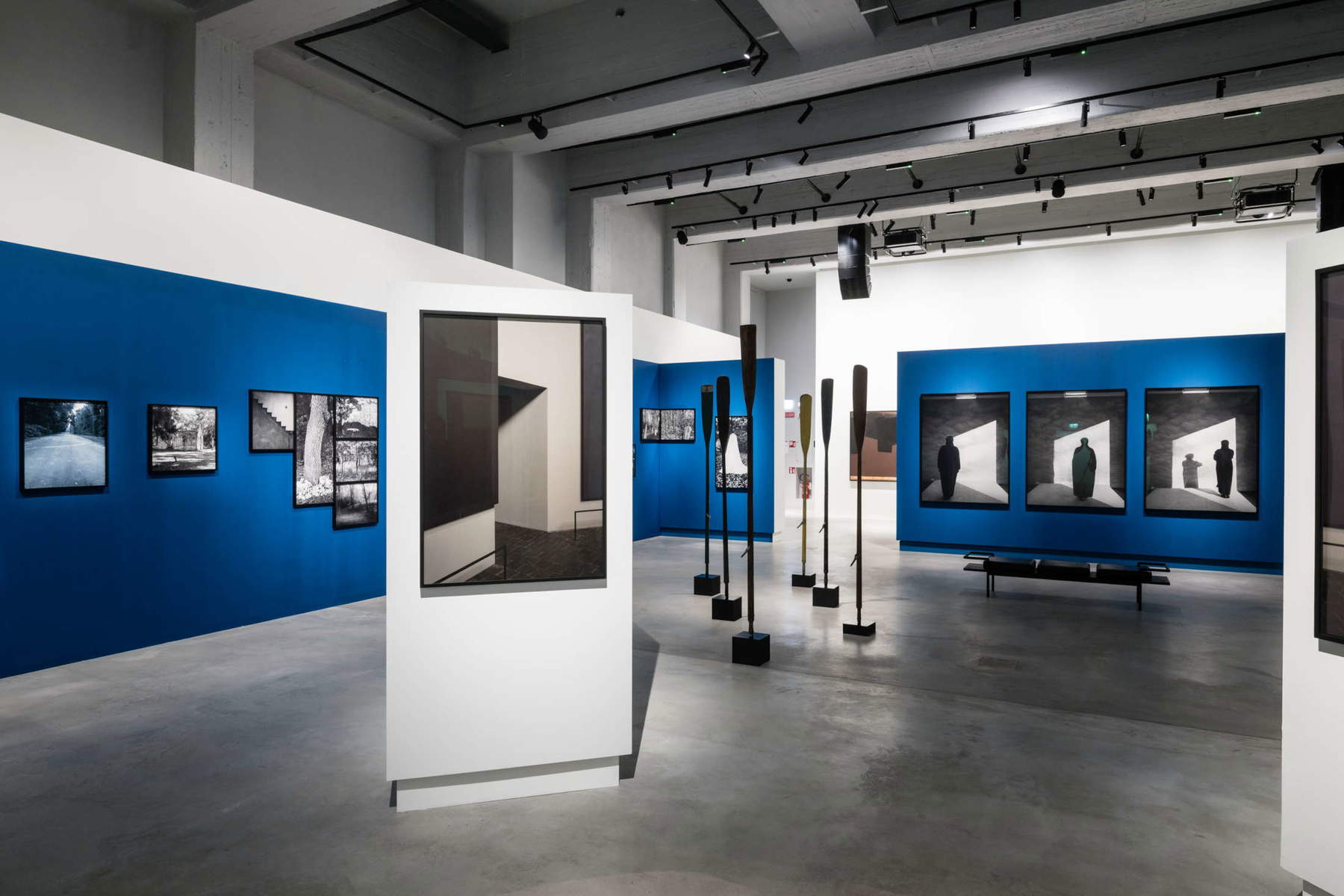
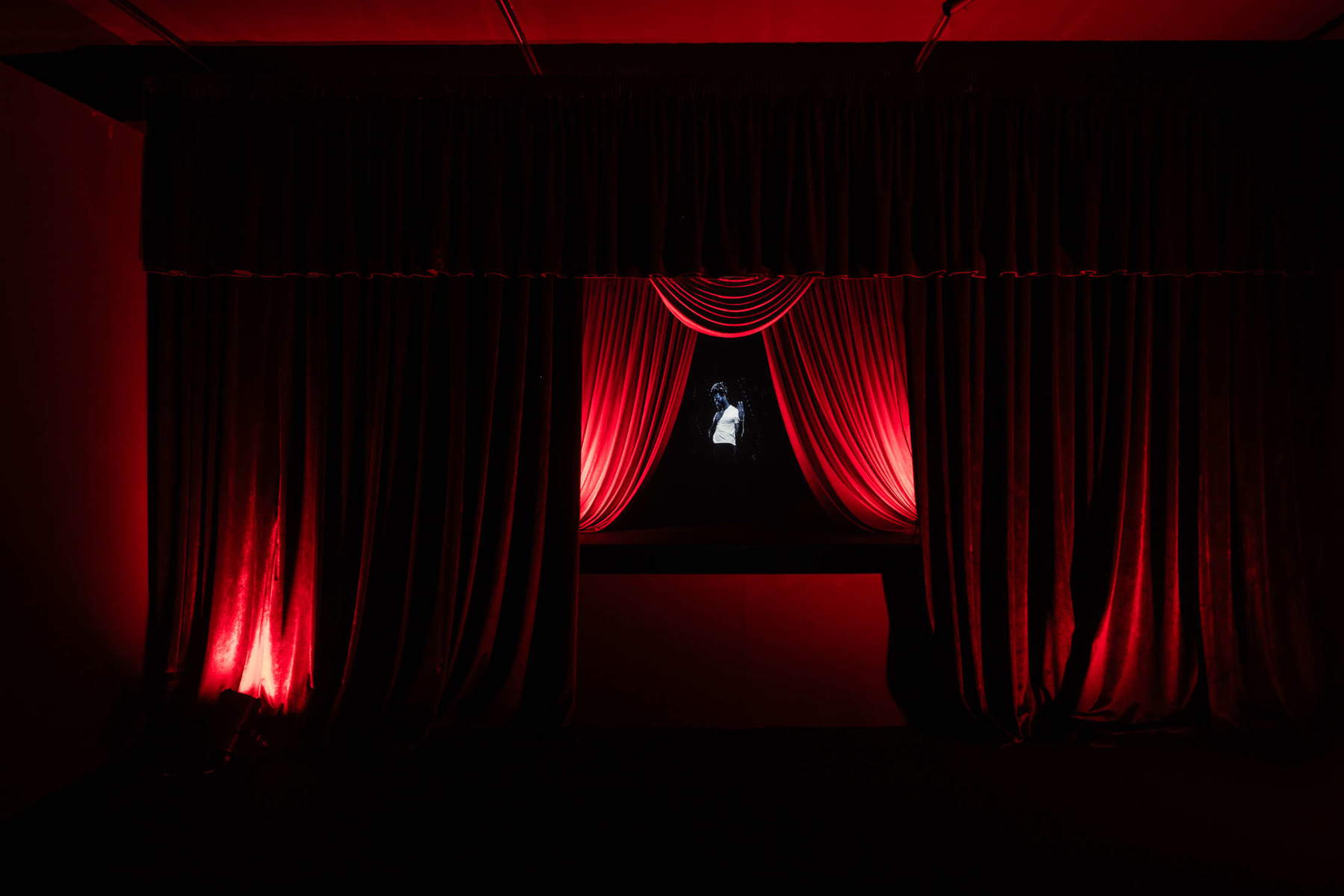
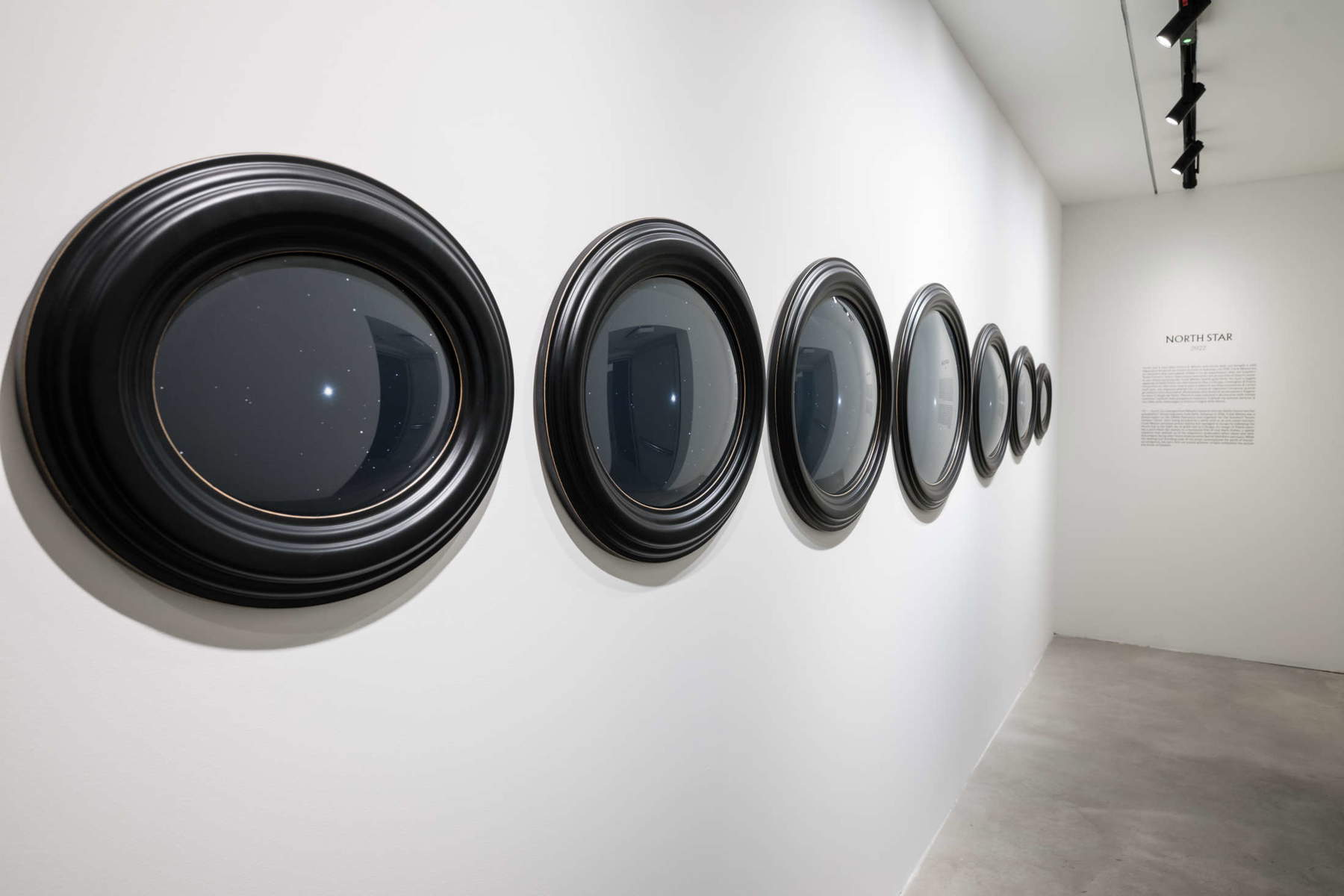
This retrospective, composed of works from her most emblematic photographic series, allows visitors to retrace the broad arc of her career, participating in her spiritual and personal journey, concluding with Preach, a never-before-seen project commissioned by Intesa Sanpaolo, documenting the Black Church, or those places of worship that are fundamental to African American communities. Interweaving photographs both recent and from previous projects, Weems depicts churches set up in basements, modest signs, spartan furnishings contrasting with glittering robes, ecstatic dances and vibrant choirs. The image of a truly resilient African American culture emerges overpoweringly, one that has overcome violence and segregation, self-determining itself to the rhythm of Duke Ellington’s music, in the words of Martin Luther King and all those who, as Weems states, “prayed against the wind.”
In previous works Weems is explicitly featured. With her experience as a performer she has shaped a persona of herself, an alter ego who appears from behind in numerous photographic series. Of this figure she says, “this woman can represent me or you; she can embody the audience, she accompanies you in the story.” She made her first appearance in the Kitchen Table Series of 1990; here, with an incisive and essential narrative, she reveals a glimpse into the life of a woman in her maturity, first in the relationship of a couple that blossoms, evolves, but then comes into crisis and dissolves, then motherhood, family, friendships, and loneliness. The framing remains unchanged: a table and a lamp, to which are added significant objects that enrich the role of each character. And any woman, regardless of ethnicity, age or political creed, will be able to recognize herself, if nothing else, in the process of processing a separation: emptiness, female solidarity, introspection and finally newfound lightness.
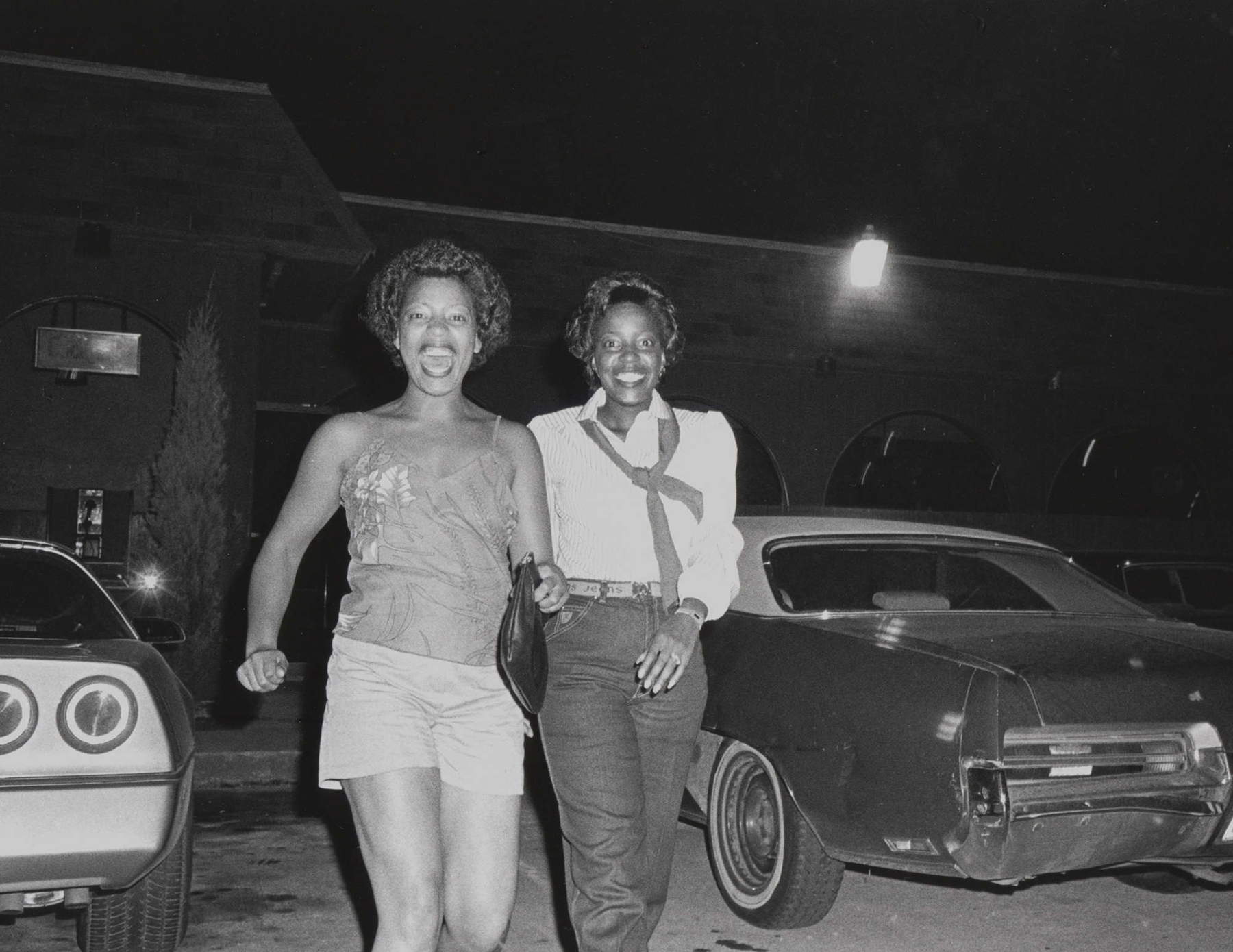
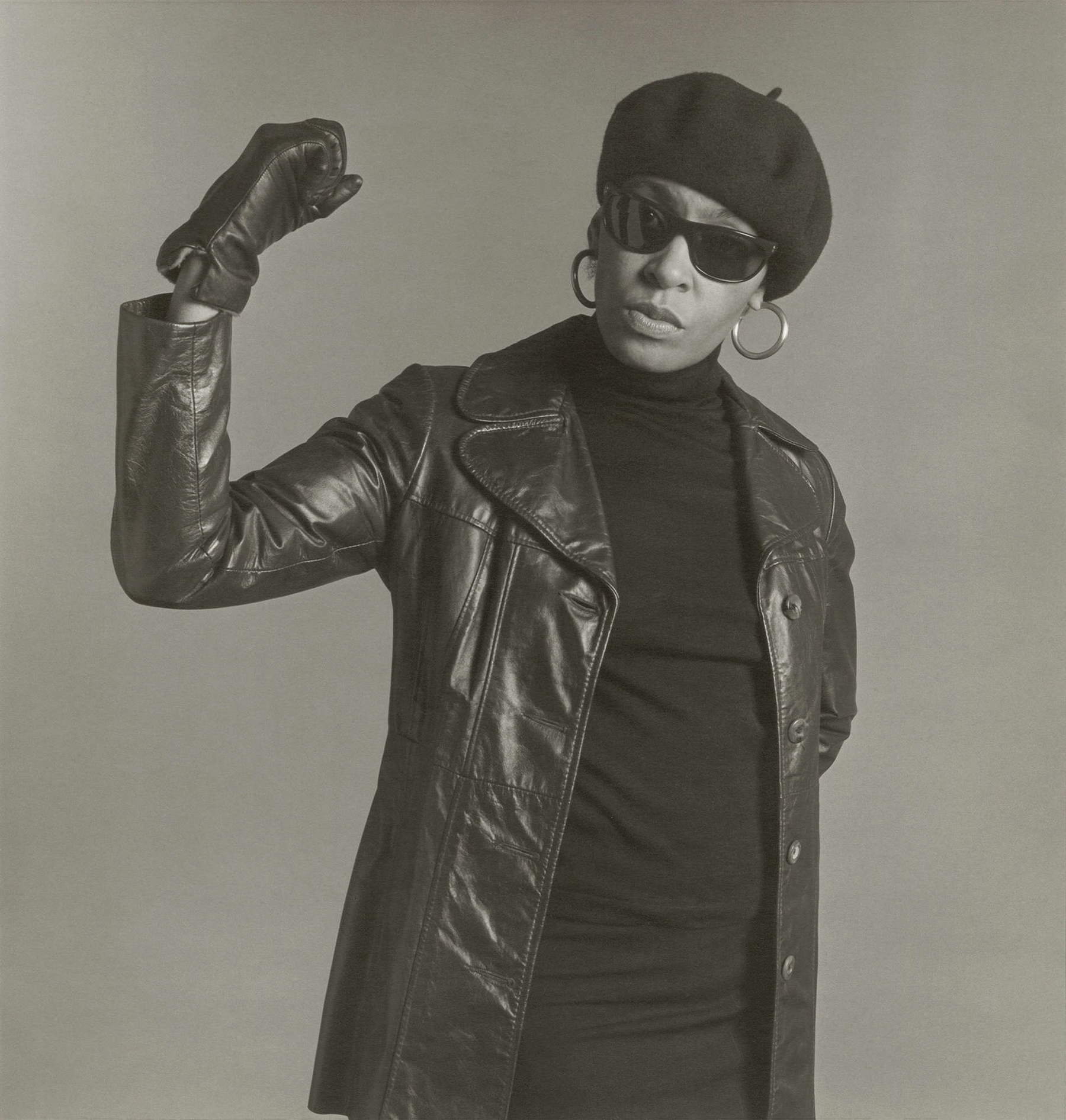
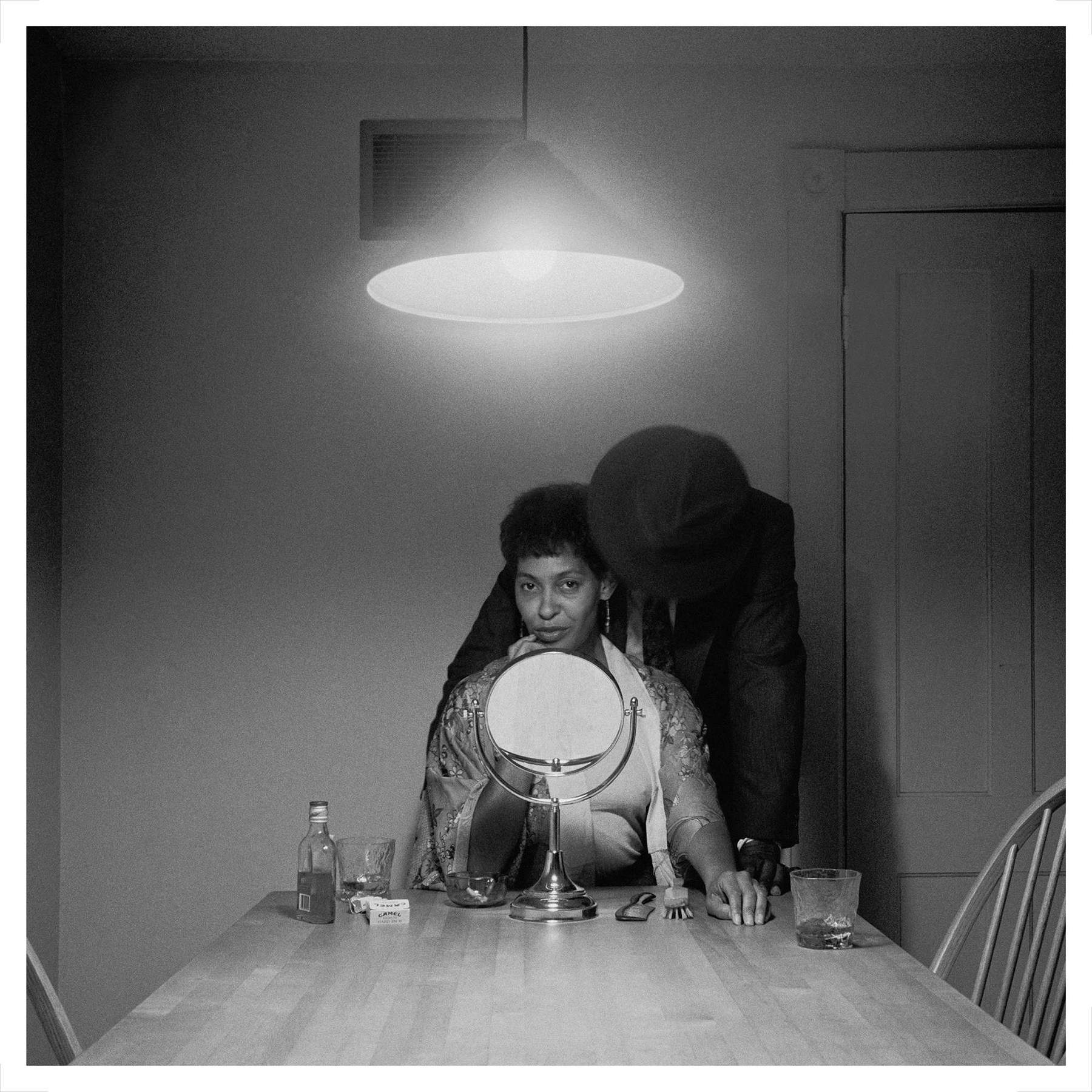
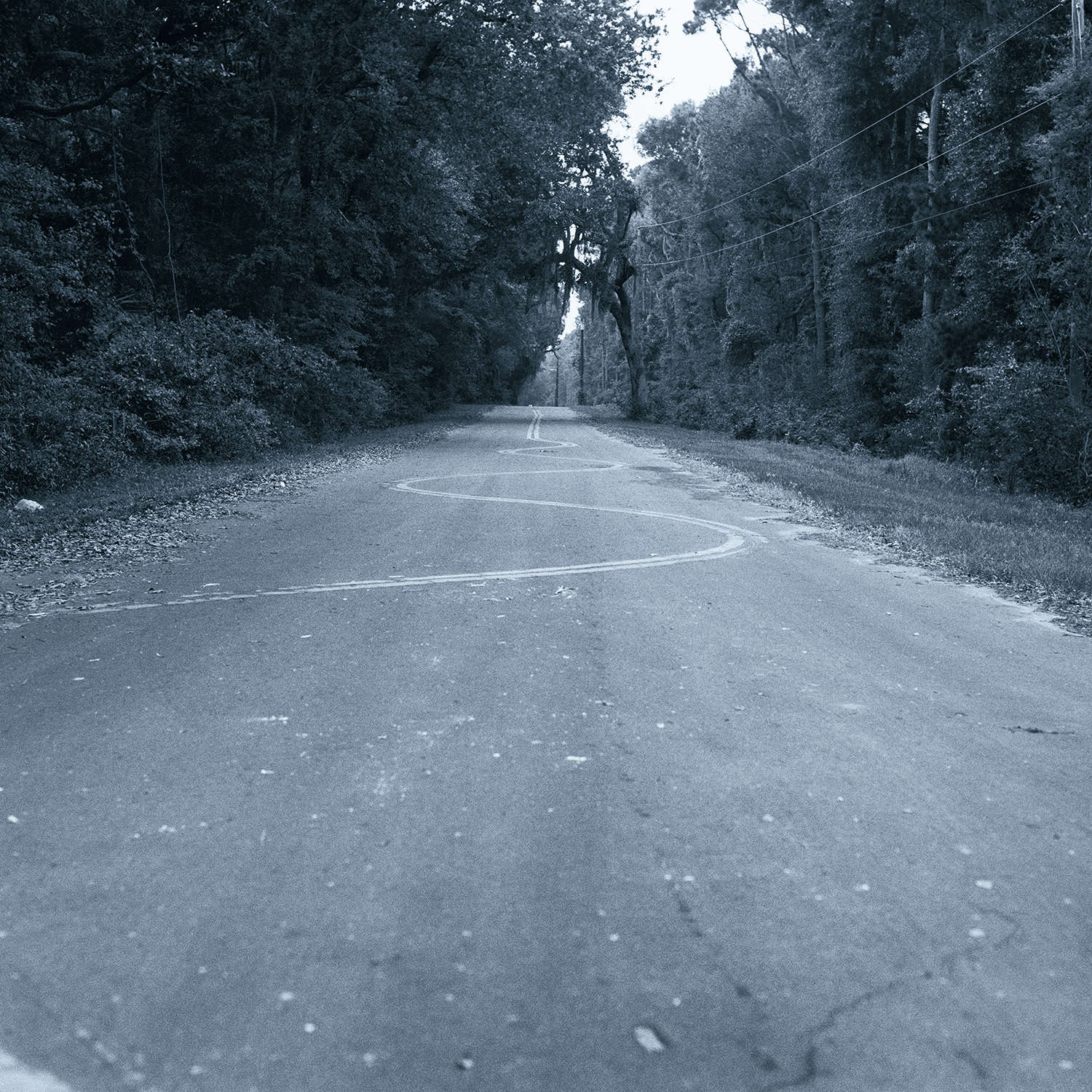
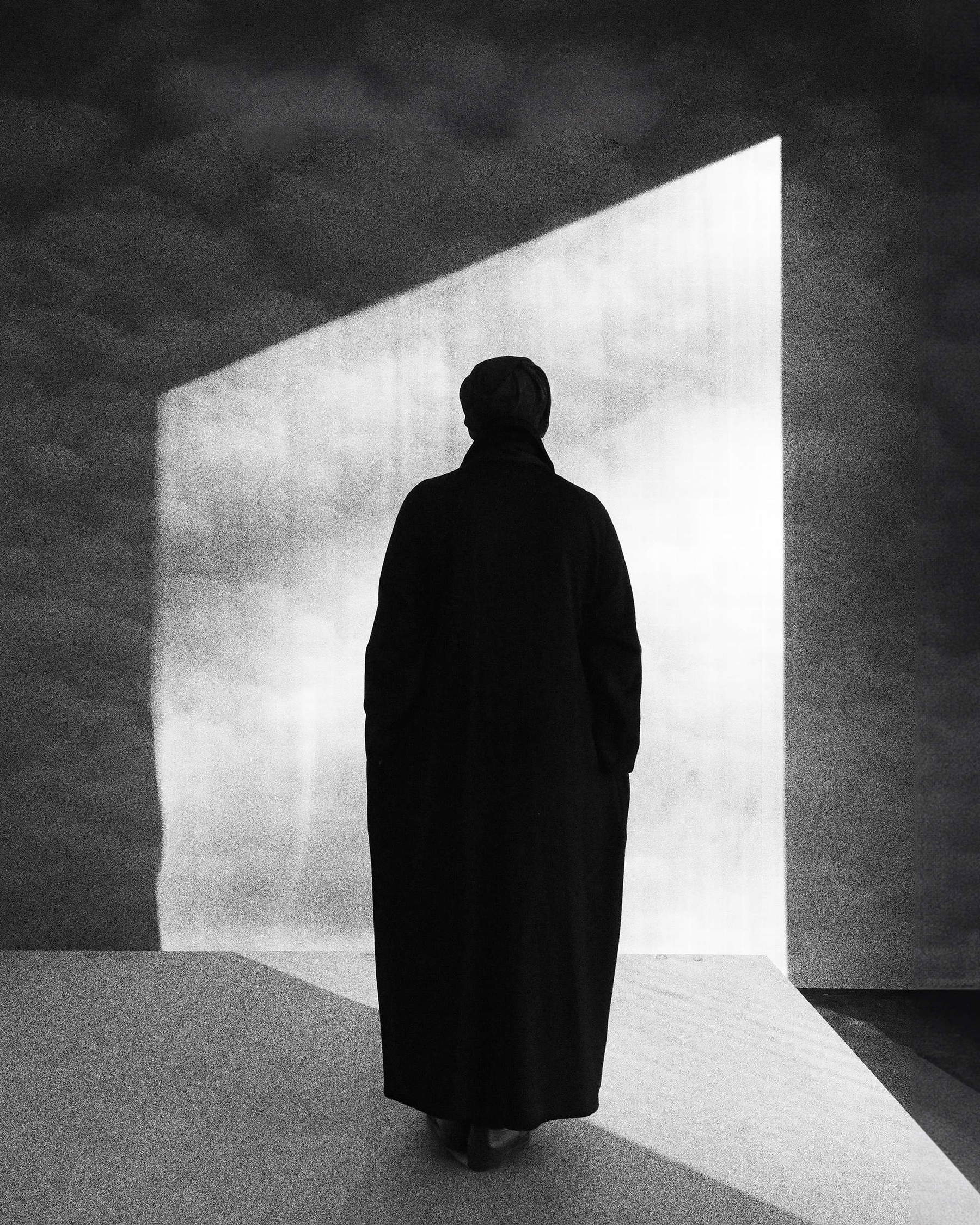
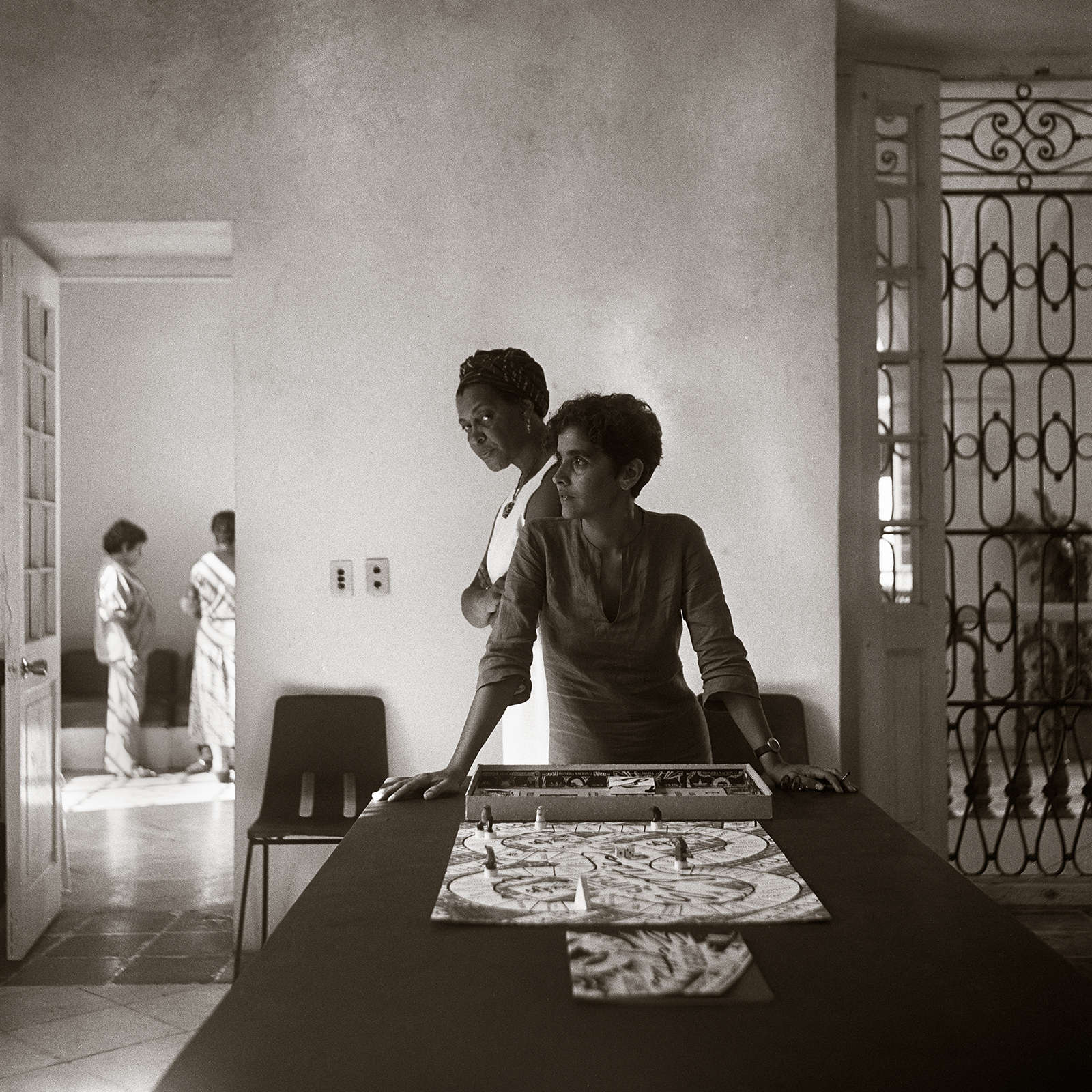
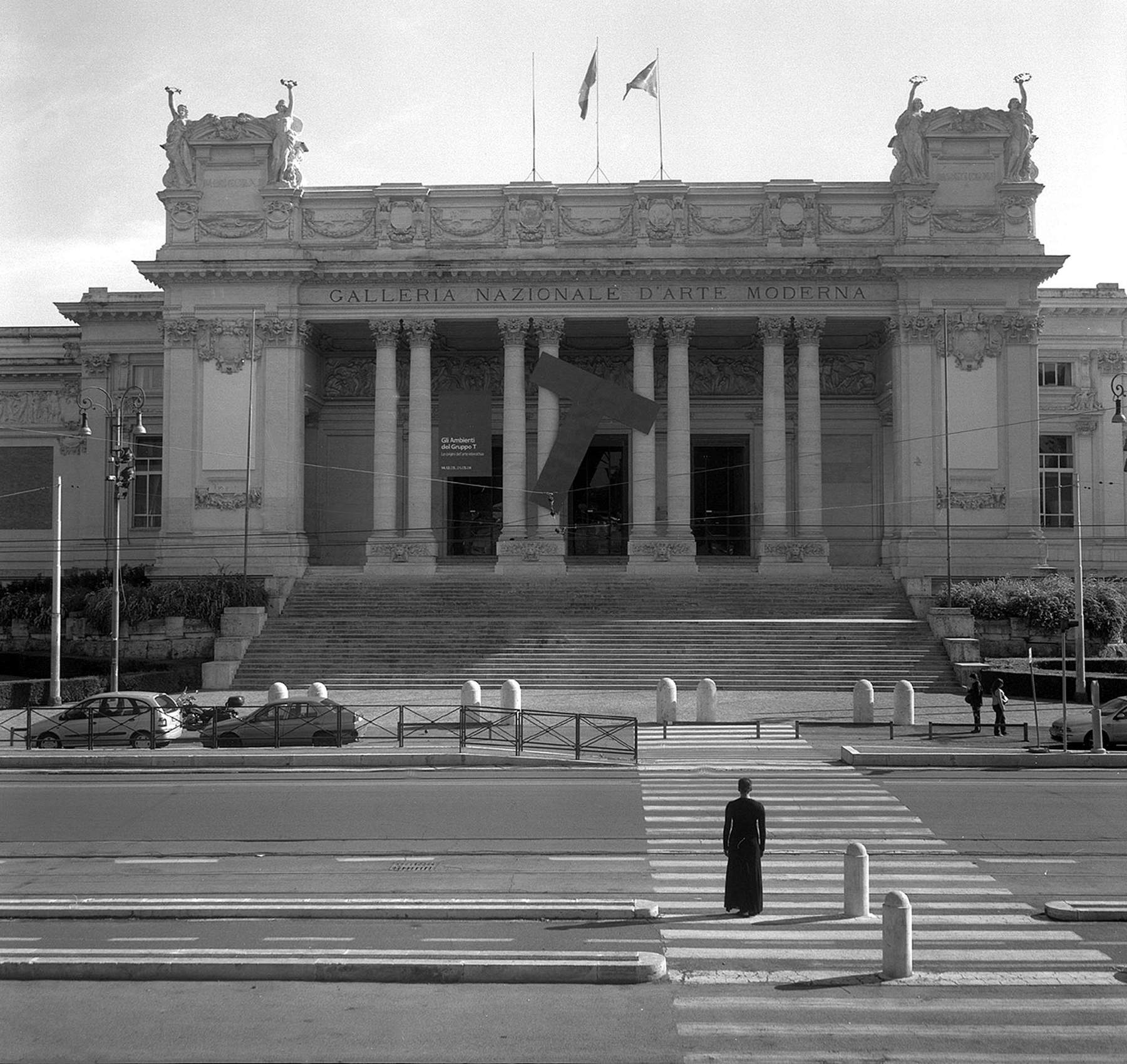
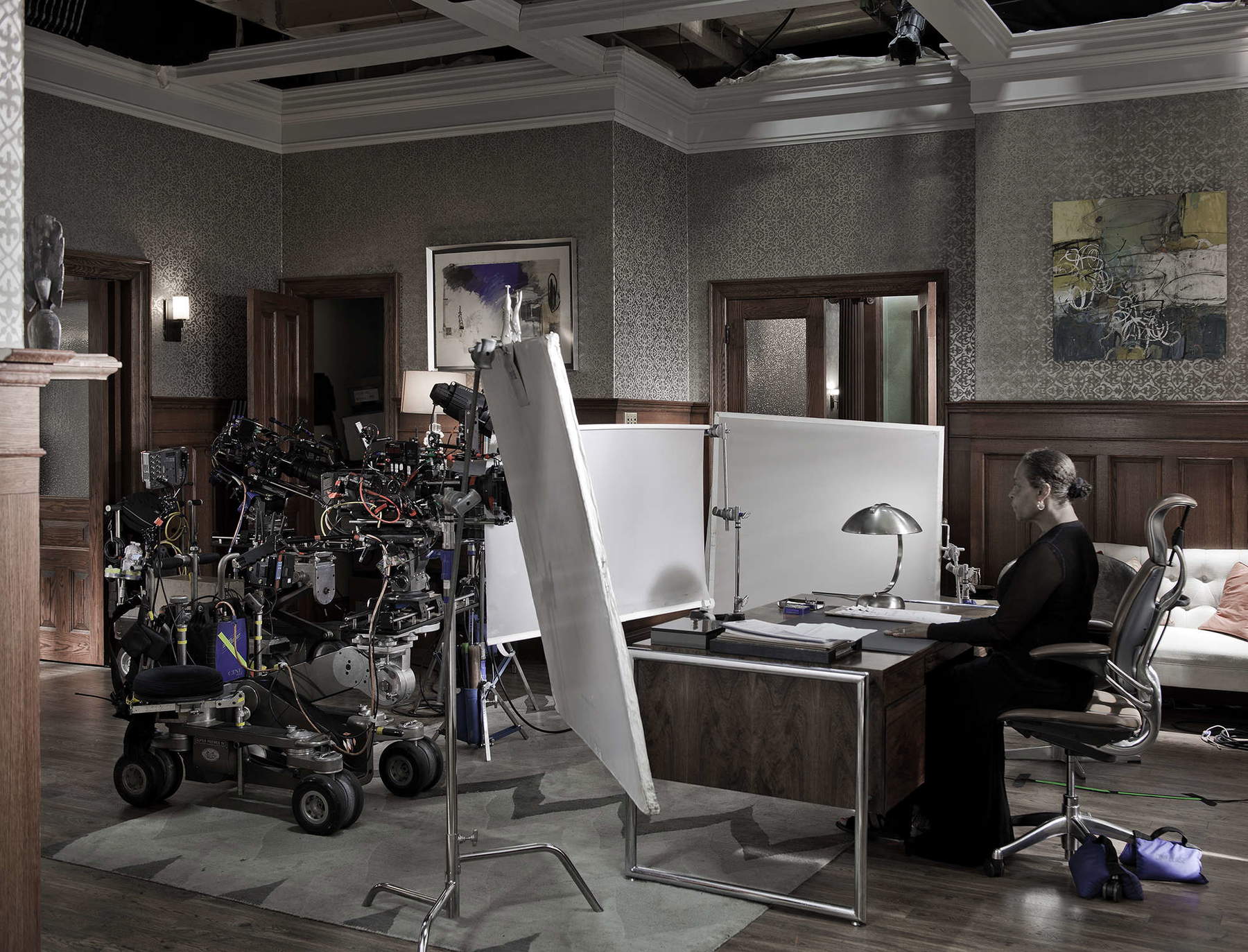
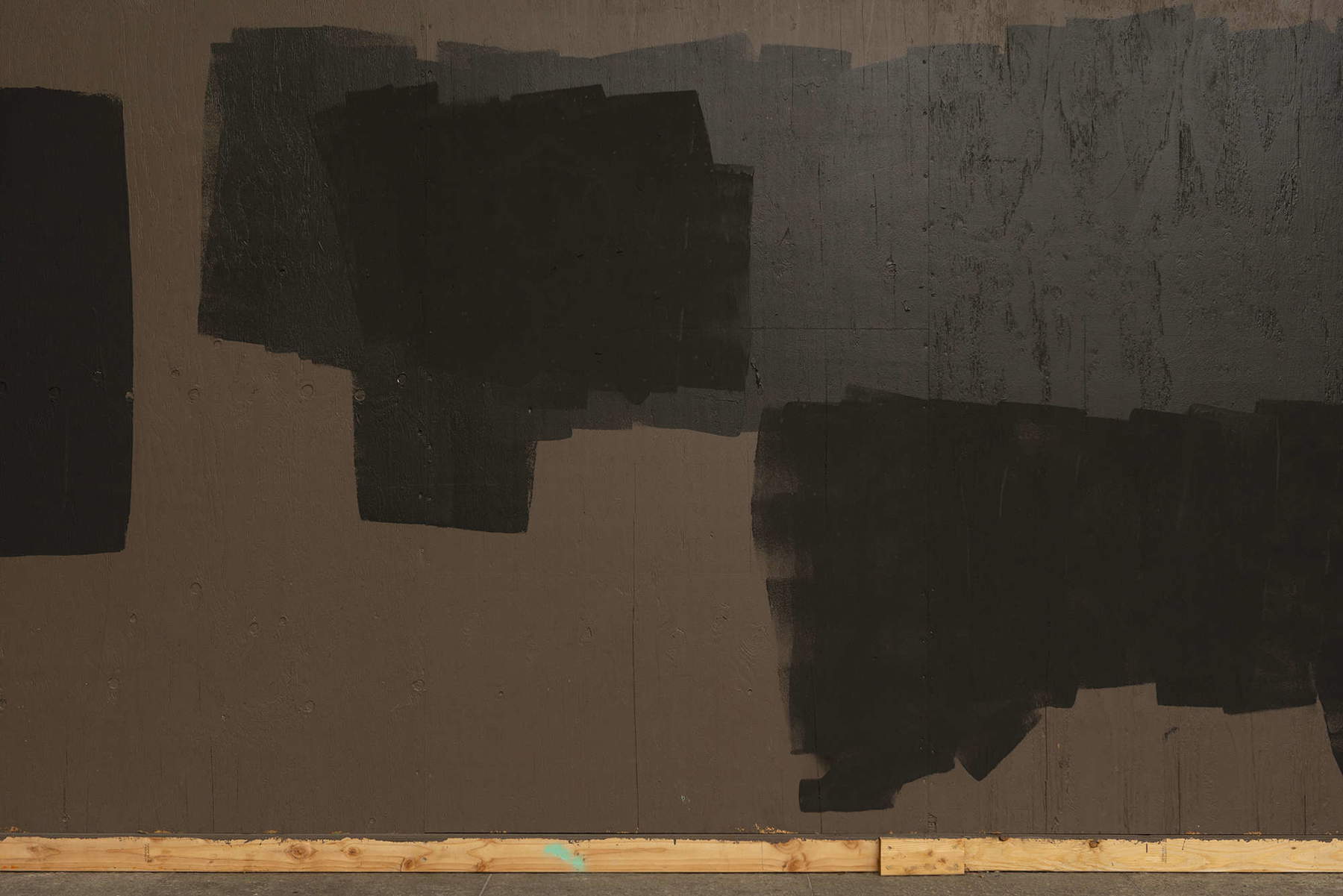
The protagonist of almost all her subsequent projects, Carrie Mae Weems never falls into self-referentiality: “I found that I was the point of reference, the point of view that directed the viewer to people like me in history.” This her role as visionary guide is also evident from Museums, a project started in 2006 and still evolving, where the Weems-character, now identifiable by her long black dress, always portrayed from behind, contemplates museums around the world. Majestic, imposing, monumental spaces, curiously all white and magically deserted, before which this composed, dark figure almost dissolves, evoking the absence of representations of artists of color in global cultural institutions. Thus, in the repetition of this enigmatic figure as the background changes, the whole acquires an overwhelming communicative power. “Weems forces us not only to hear but to listen, not only to look but to see,” says the curator.
The exhibition closes with his 2021 work Painting the Town where large-scale works show wooden planks covering storefronts. After the murder of George Floyd by police, and subsequent demonstrations by the Black Lives Matter movement, store owners covered doors and windows with plywood panels to protect them from the protesters’ murals and graffiti. These new surfaces became pages on which to build an unprecedented form of resistance, which in turn were erased with improvised colorful paints that make Weems’ photographs resemble Rothko’s canvases. For the artist, these erasures represent the mechanism of power that silences the protest and identity of African American culture, embodying a tangible censorship so devastating that it annihilates any voice. Works so elemental in their conception and yet charged with extraordinary eloquence.
At the end of this exhibition, it seems that Carrie Mae Weems has answered the request that De Gregori sang: “tell me what you see from there, tell me that everything is clearer than here.” And today as the world burns outside, it may not be able to offer us definitive answers, but it will allow us to see with clarity the flames that blaze, inviting us not to look away from the uncomfortable truths that demand our collective engagement.
Warning: the translation into English of the original Italian article was created using automatic tools. We undertake to review all articles, but we do not guarantee the total absence of inaccuracies in the translation due to the program. You can find the original by clicking on the ITA button. If you find any mistake,please contact us.